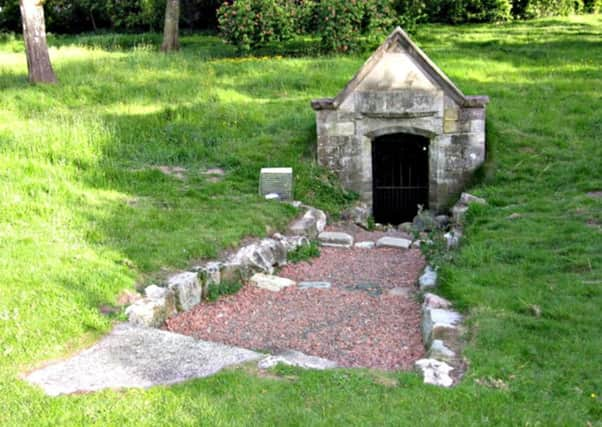The Edinburgh restaurant and its ancient healing well


Today, the Balm Well of St Catherine in Liberton, which was visited by James VI, can be found in the grounds of a Toby Carvery restaurant on Howden Hall Road.
The water from the well, and the oily substance which floated on top, was long believed to have curative powers for skin diseases.
Advertisement
Hide AdAdvertisement
Hide AdUp until around 1910, it was believed the “Oily Well” could offer an effective treatment for eczema.
The Scotsman reported on March 11 1889 that people had been drawn to the Balm Well since ancient times with visitors from the Continent coming for more than 200 years.
“From the various countries on the continent of Europe - even as far as Poland - many people came to Edinburgh for the express purpose of enjoying the healing benefits which the waters of this well were said to possess,” the report said.
It added: “It was looked upon as a place where anyone could obtain a certain cure for all cutaneous diseases.”
James VI visited the well during a short stay at Holyrood Palace in 1617 and requested that it be repaired and improved.
“It is stated that he ordered it to be repaired and put in good condition, with a flight of steps leading down to it, to afford easy access to those resorting to the well and be cured of their ailments,” the report said.
Originally believed to discharge sacred oil brought from Mount Sinai and spilt in Liberton, it was later proved to exude oil shale from a minute spring below.
Advertisement
Hide AdAdvertisement
Hide AdThe well was destroyed by Cromwell’s men in 1650 and was repaired again following the Restoration.
After a spell of deterioration, the well was carefully protected in 1889. Its reputation for curative powers has long since evaporated - but its past as a place of pilgrimage for the poorly runs deep.
